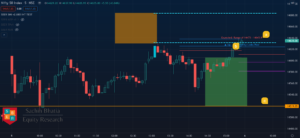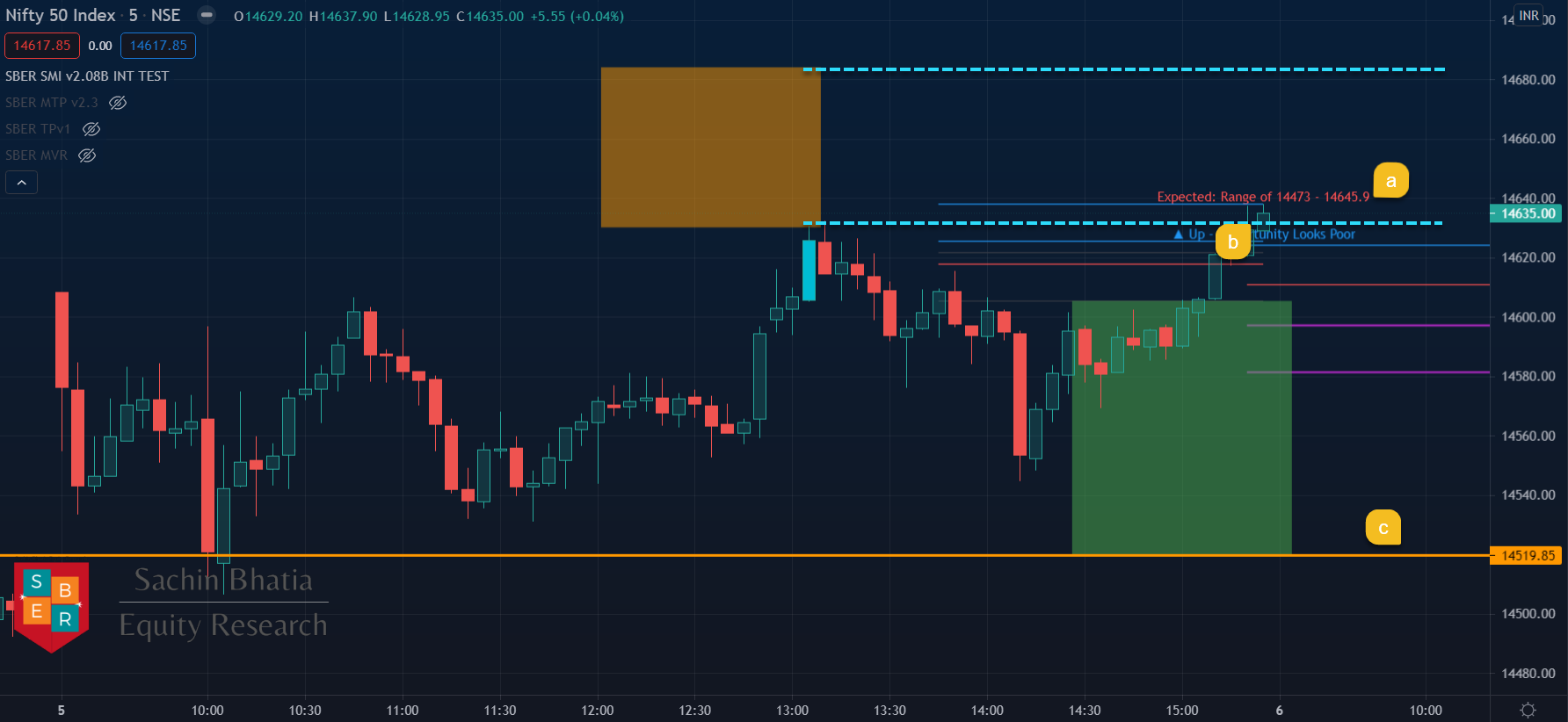
RSI has been the best friend of many traders and investors for quite a long time. However, the market in its current form is nowhere close to what it used to be.
Problem Area
Relative strength relies on the calculation of relative strength that assumes that the underlying asset does not vary much in its volatility. Assume, it is just opposite and the underlying asset shows sudden fluctuation in volatility (quickly up, and suddenly down), it skews the RSI calculation and thus the decision making process.
How to Handle Volatility Risk to RSI
There are 2 ways of handling the spell of volatility risk on RSI
a) Average with different periods
RSI of minimum 3 periods (preferred combinations are 7,14,21 and 5,15,25) can be averaged and this is a quicker way to contain the risk of volatility
b) Average with RSI from the different time frame
Another way to contain such risk is to average the RSI of your preferred period from different time frames (suggested time frame vary from 5,15,60 minutes to 60,1D,1W) depending on the time frame you use to make decisions, the lowest TimeFrame being the one used by you for technical charting.
Give your logical side of your brain some work to explore more on the above-mentioned methods and have a piece of meaningful information ready to take (nearly) perfect decisions.






